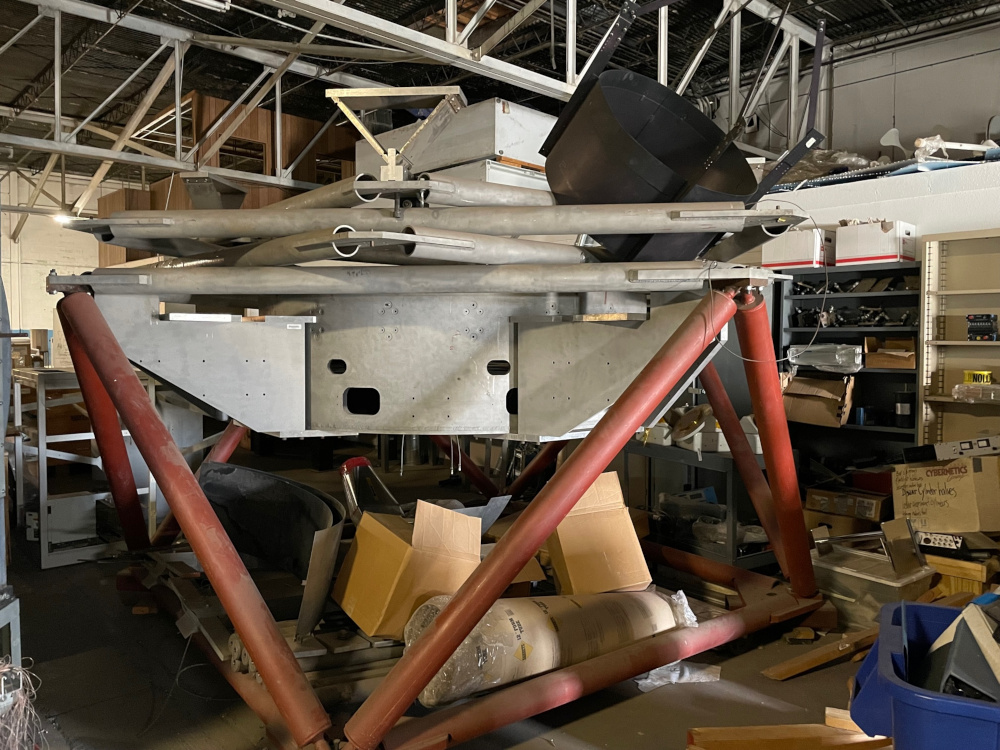Two Infinities
Wed, 16 Mar 2022
Salvaging Scientific Detritus.
Several mirrors were made during the development of the Hubble Space Telescope. Three full-scale 2.4 meter mirrors were made. One, apparently by Itek corporation, went first to a classified military project and then, when the project was abandoned, to the Magdalena Ridge Observatory in Socorro County, NM. Although operated by New Mexico Tech, it may yet serve military purposes as a fast tracking telescope. And maybe not as there are more modern such scopes that have operated at White Sands Missile Range (Mark Cornell knows about these things). The second mirror, made by Kodak, was never used -- not even aluminized -- and is on display the Smithsonian. This mirror was never used for anything else since it was constructed to be lightweight and, consequently, maintains its proper figure only in zero gravity. The third mirror is the one currently in use on the Hubble.
The company that won the contract to provide the optics for the Hubble, Perkin-Elmer, had first constructed a smaller proof-of-expertise mirror. This is mentioned in the Pullitzer Prize 1991 series by Capers and Lipton. They refer to the prototype as a five-foot mirror. What does one do with such an artifact?
Now, also in New Mexico, in storage in a Physics/Engineering shed on the campus of UNM for the last 9 years is a sort of telescope, something called a transit instrument. In less technical terms, it is a telescope that does not move, so it only observes the objects that rotate into view as the world turns. This instrument came to UNM from Kitt Peak, University of Arizona, in the care of John McGraw, a professor of astronomy who also transferred from UA to UNM. John says the mirror was a Hubble Space Telescope prototype. This mirror is 6 feet in diameter. I suspect it is the Perkin-Elmer mentioned by Capers and Lipton despite the size discrepancy, although it is certainly possible yet another prototype was made.
The main barrier to installing the mirror in a tracking telescope as with the Kodak backup mirror, is that, to save weight, the mirror is constructed as a thin sheet of glass over a lattice support, fine in zero gravity, and fine also when laid flat or nearly so, but not fine when tilted a significant degree. The transit instrument was used at a 4° tilt in its observatory at Kitt Peak.
Jihying and I have committed to building an observatory and resurrecting the instrument on our land near Magdalena if UNM will release it. Perhaps with the aid of local skill it is possible to extend John's technique to support the mirror at angles even greater then 4°.
Salvaging the detritus of big science? Or completely Quixotic? Or both? Hmmm.

posted at: 10:05 | path: | permanent link to this entry
